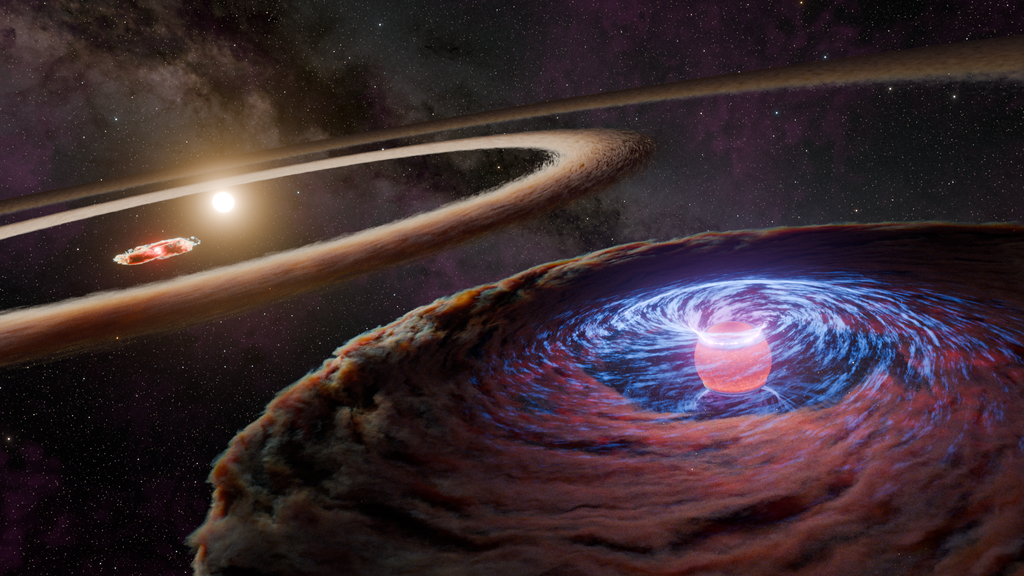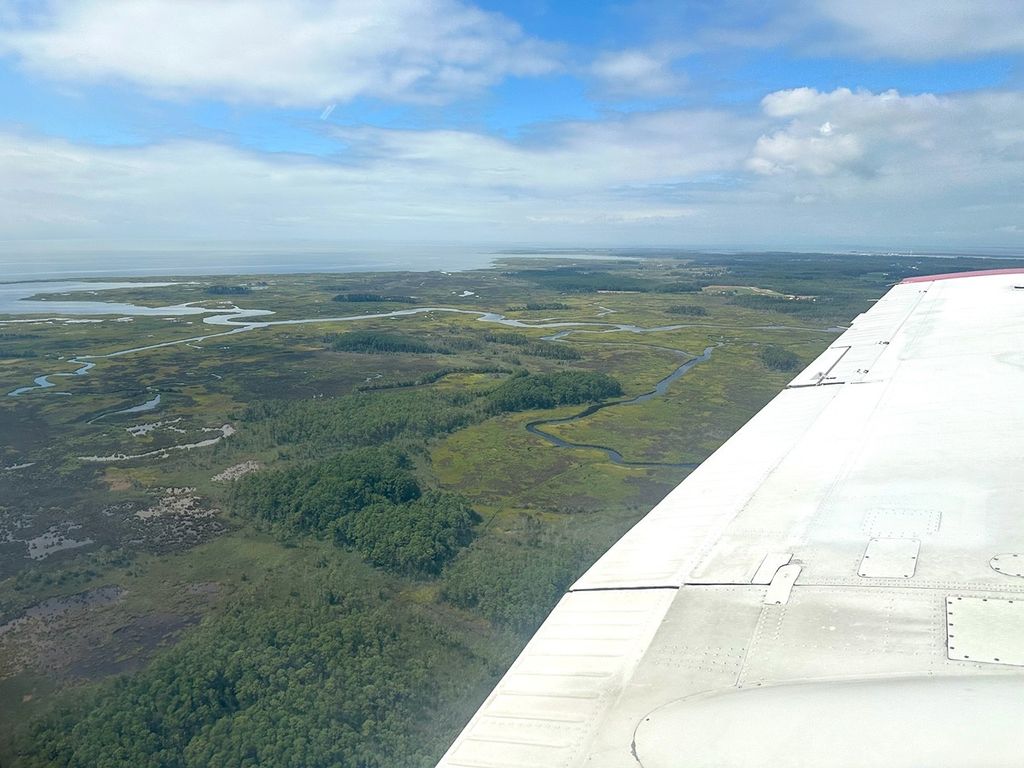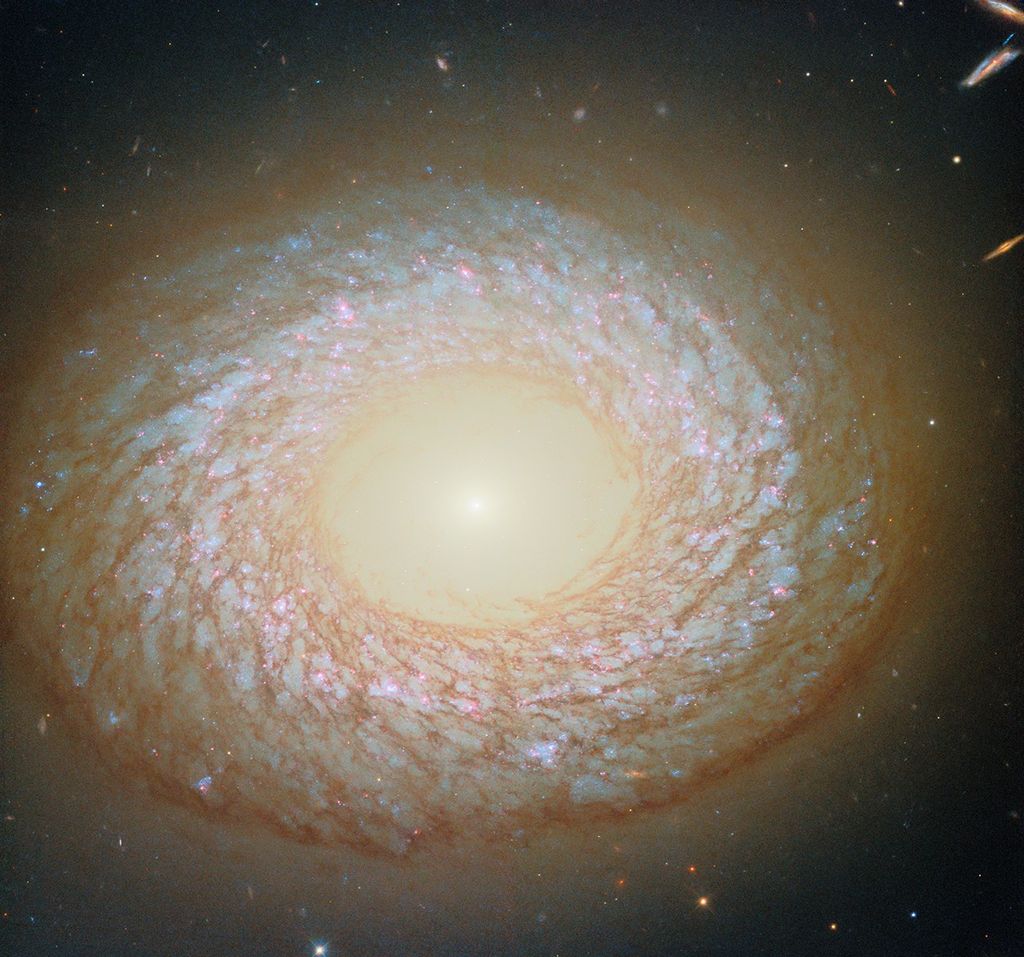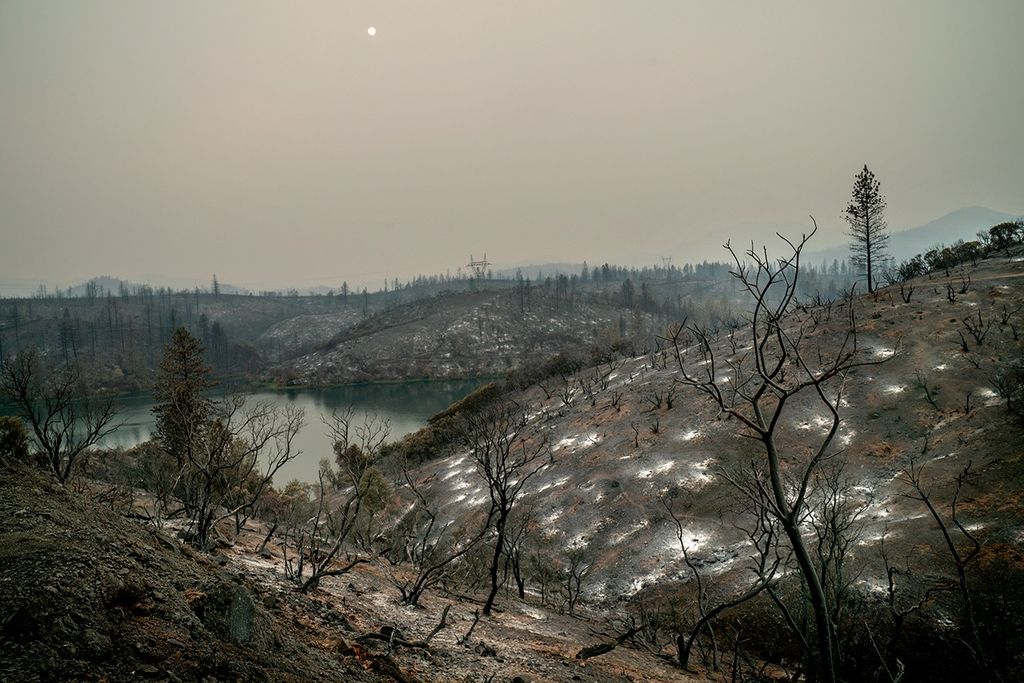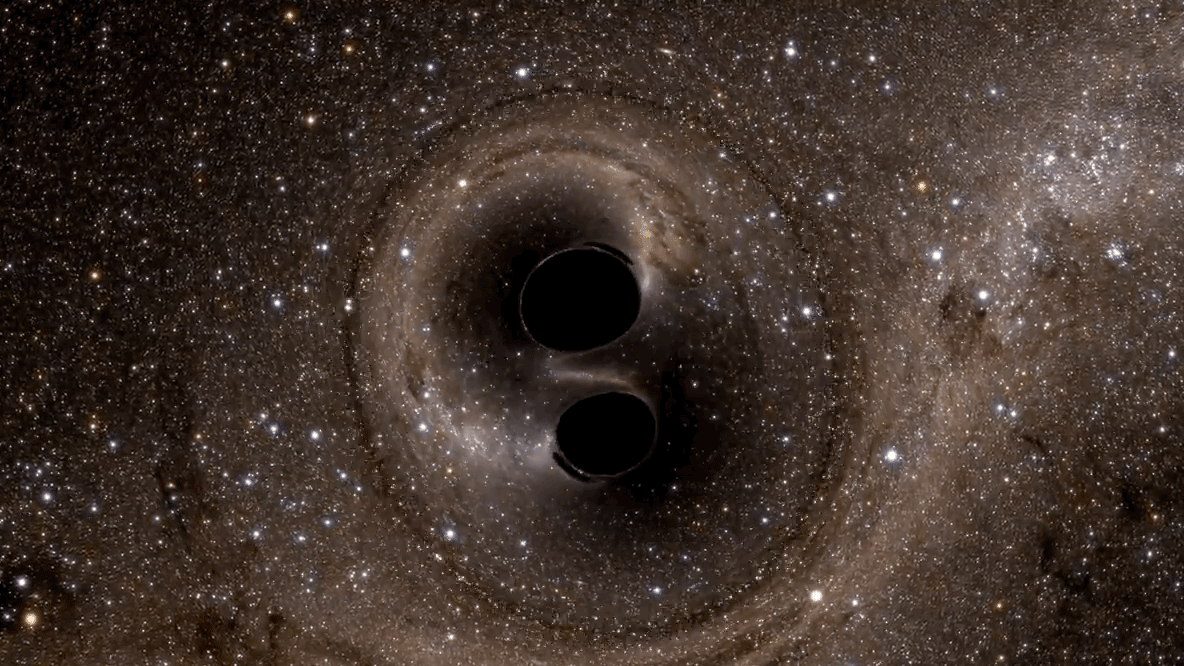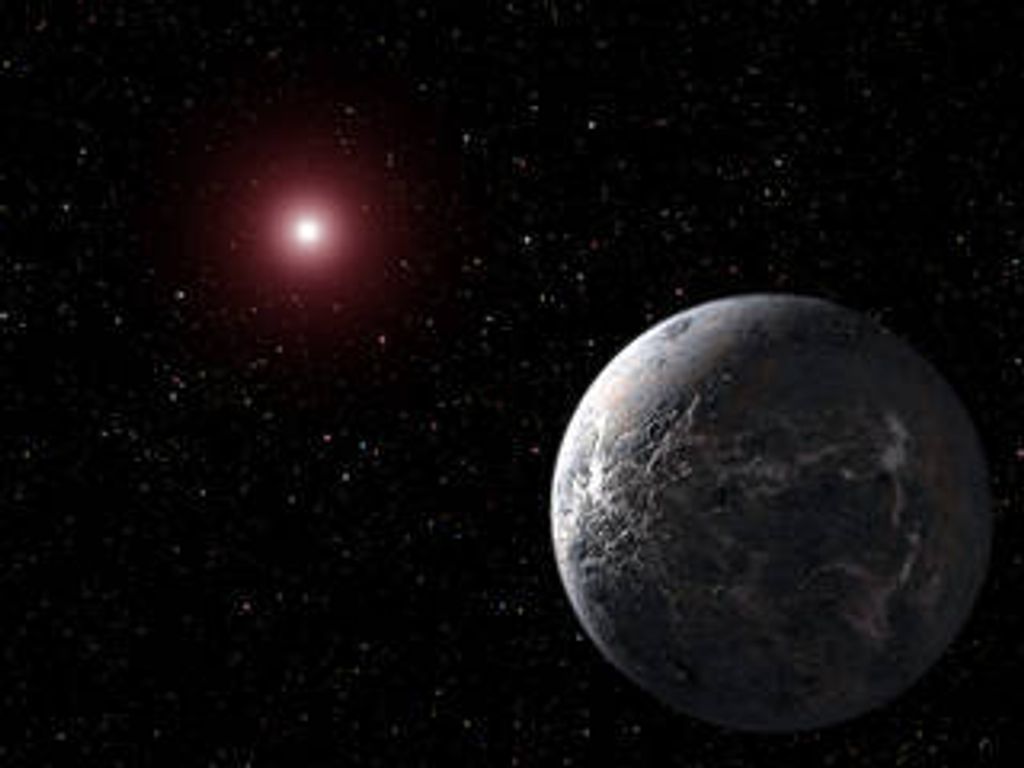1 min read
Exoplanet WASP-96 b Sonification (NIRISS Transmission Spectrum)
NASA’s Webb Telescope observed the atmospheric characteristics of the hot gas giant exoplanet WASP-96 b – which contains clear signatures of water – and the resulting transmission spectrum’s individual data points were translated into sound.
The sonification scans the spectrum from left to right. From bottom to top, the y-axis ranges from less to more light blocked. The x-axis ranges from 0.6 microns on the left to 2.8 microns on the right. The pitches of each data point correspond to the frequencies of light each point represents. Longer wavelengths of light have lower frequencies and are heard as lower pitches. The volume indicates the amount of light detected in each data point. The new sounds were also adapted to a video, allowing sighted viewers to watch the progression as the vertical line moves across the graph, ringing out a musical note for each data point.
The four water signatures are represented by the sound of water droplets falling. These sounds simplify the data – water is detected as a signature that has multiple data points. The sounds align only to the highest points in the data.
This sonification does not represent sounds recorded in space. Two musicians converted Webb’s transmission spectrum to musical pitches to help listeners hear its data.
Explore Webb’s transmission spectrum of hot gas giant exoplanet WASP-96 b in more detail, including its full text description and data download.
- Release DateAugust 31, 2022
- Science ReleaseNASA Webb’s First Full Color Images, Data Are Set to Sound
- CreditImage: NASA, ESA, CSA, STScI; Accessibility Production: NASA, ESA, CSA, STScI, Kimberly Arcand (CXC, SAO), Matt Russo (SYSTEM Sounds), Andrew Santaguida (SYSTEM Sounds), Quyen Hart (STScI), Claire Blome (STScI), Christine Malec
Downloads
Related Images & Videos
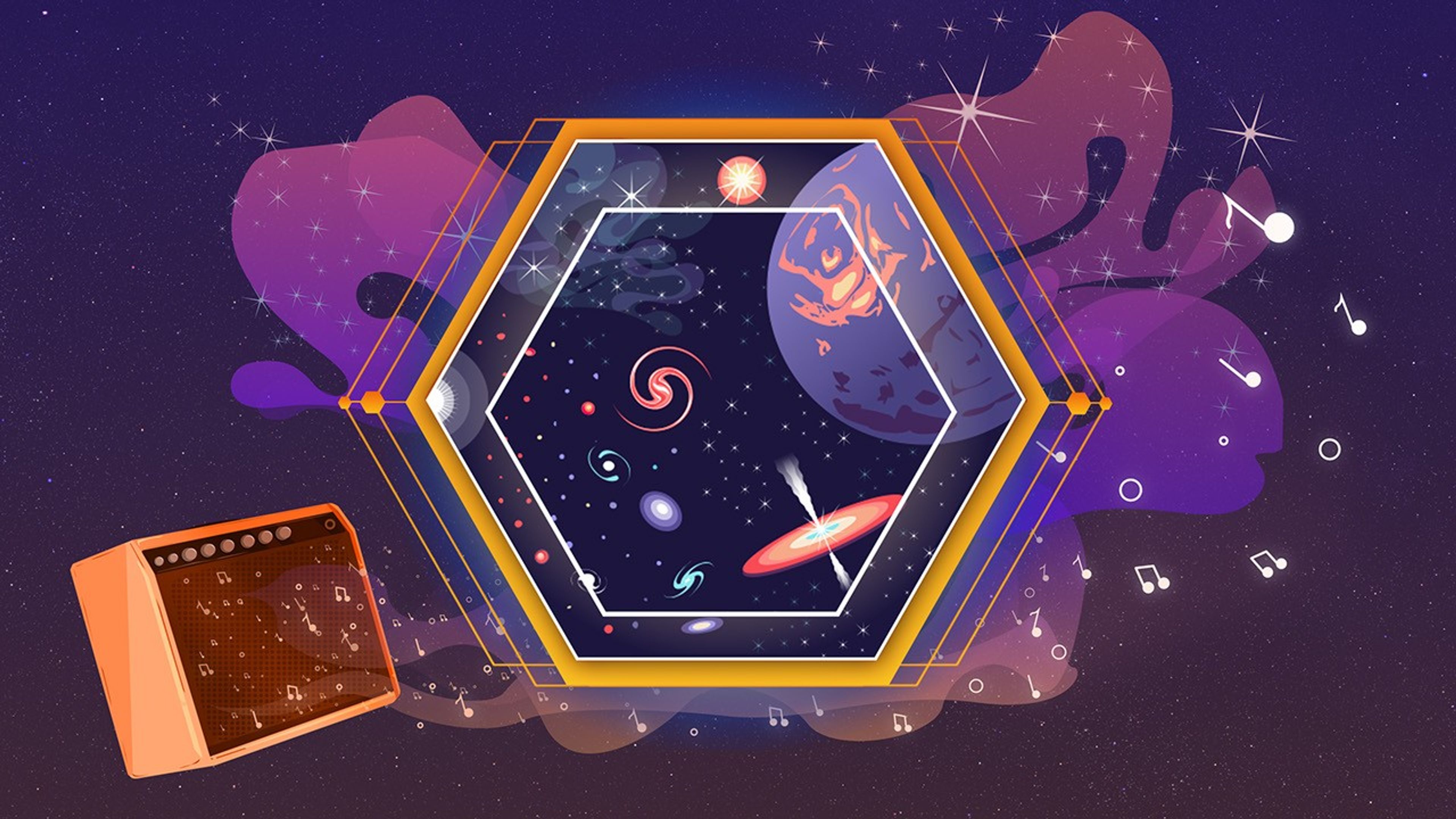
James Webb Space Telescope Sonifications
Explore some of the first full-color infrared images and data from NASA’s James Webb Space Telescope – by listening. Enter the complex soundscape of the Cosmic Cliffs in the Carina Nebula, explore the contrasting tones of two images that depict the Southern Ring Nebula , and...
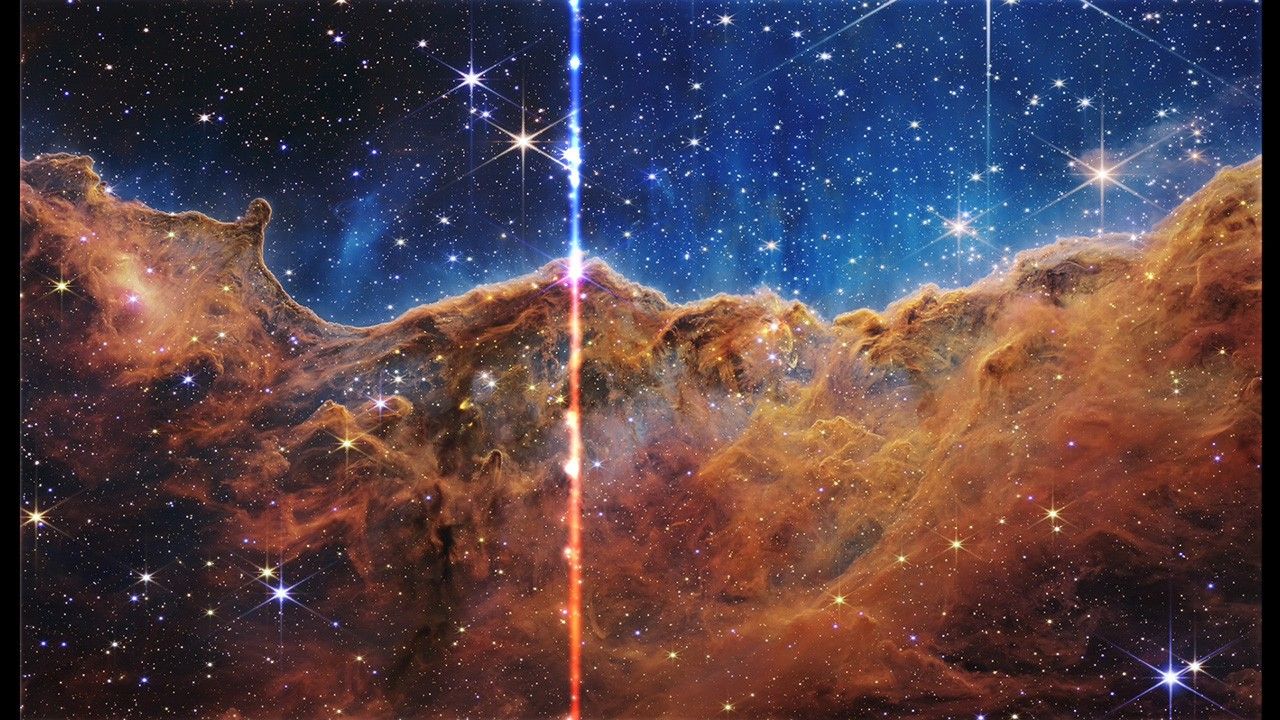
Cosmic Cliffs in the Carina Nebula Sonifications (NIRCam Image)
New sonifications map a near-infrared image of the Cosmic Cliffs in the Carina Nebula, captured by NASA’s Webb Telescope, to a symphony of sounds. Musicians assigned unique notes to the semi-transparent, gauzy regions and very dense areas of gas and dust in the nebula,...
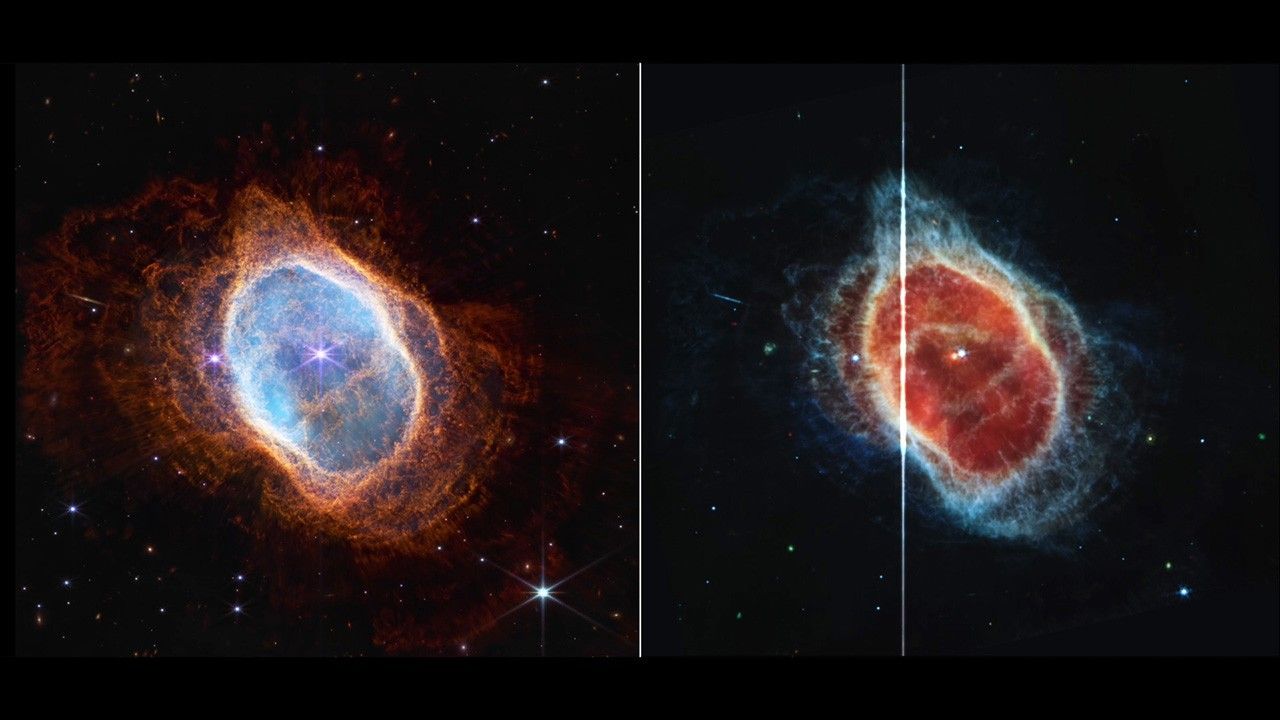
Southern Ring Nebula Sonifications (NIRCam and MIRI Images Side by Side)
NASA’s Webb Telescope uncovered two views of the Southern Ring Nebula – in near-infrared light (at left) and mid-infrared light (at right) – and each has been adapted to sound. Two stars orbit one another at the center of this planetary nebula. The smaller, fainter red star in...
Share
Details
Laura Betz
NASA’s Goddard Space Flight Center
Greenbelt, Maryland
laura.e.betz@nasa.gov
NASA, ESA, CSA, STScI
NASA, ESA, CSA, STScI, Kimberly Arcand (CXC, SAO), Matt Russo (SYSTEM Sounds), Andrew Santaguida (SYSTEM Sounds), Quyen Hart (STScI), Claire Blome (STScI), Christine Malec

